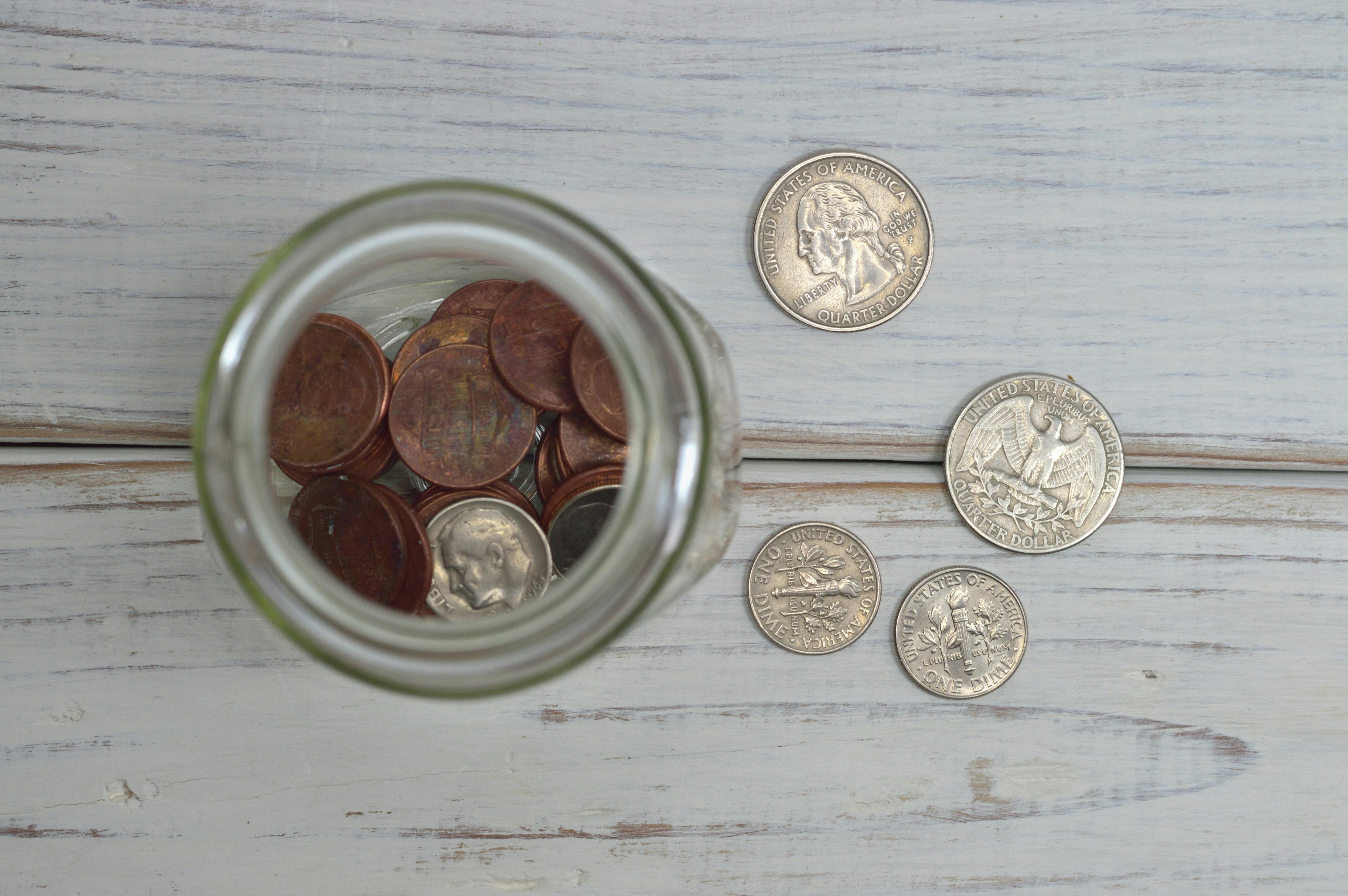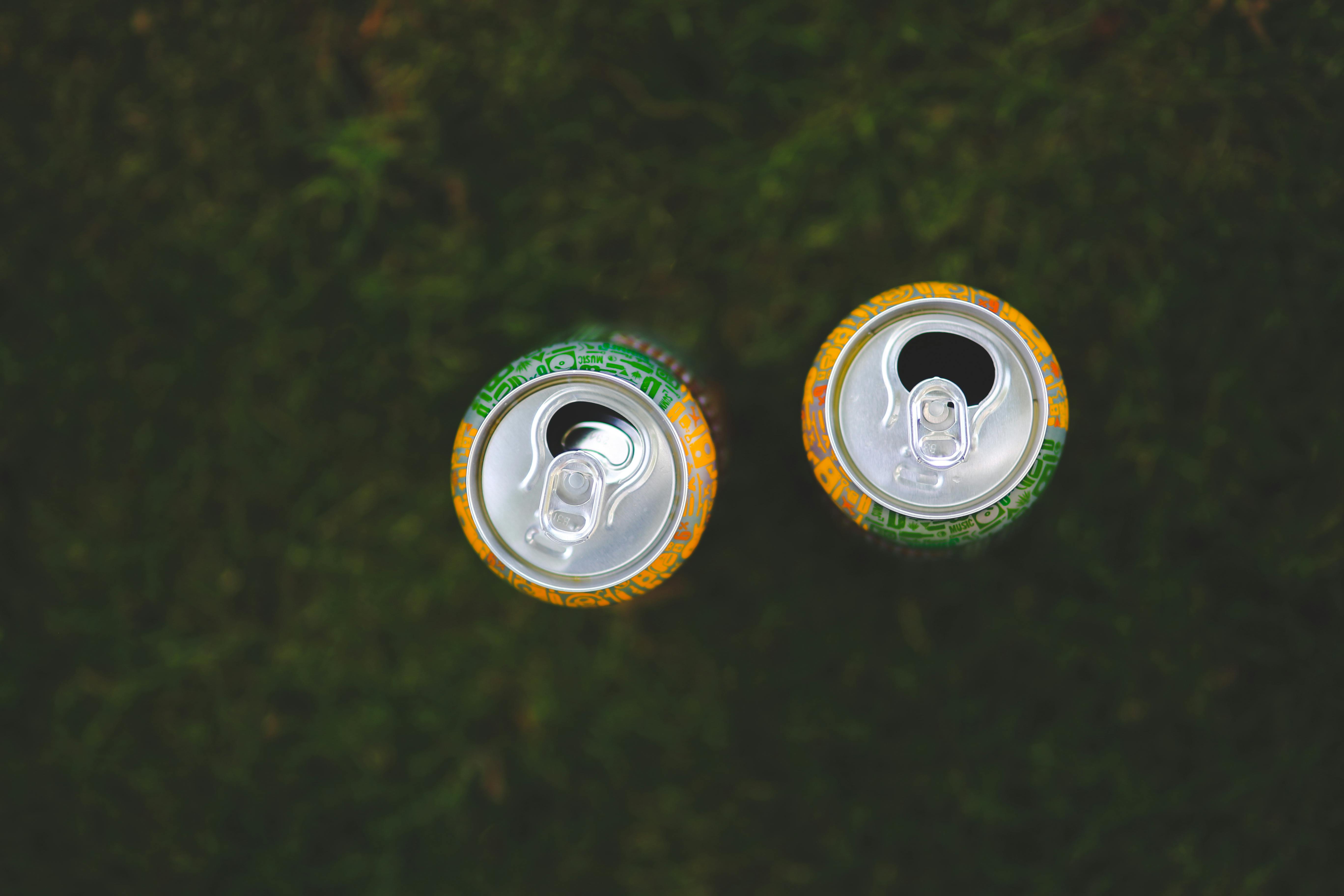If you’re a part of a student group at your school, you may have to fundraise for your organization. But how do you go about
raising the money? Asking people for donations can be totally intimidating and awkward. Luckily, there are plenty of creative ways to raise the funds you need sans begging, and Her Campus has listed seven of the best. Hello, major cash!
1. Organize a food sale

There are many things you can sell besides the standard cake and cookies! For instance, you may have seen student groups selling bubble tea, tacos or cupcakes around campus.
Cherisse Liptzin, a senior at UCLA, is a member of
Gamma Rho Lambda.
Every year on Valentine’s Day, her organization puts on an unusual fundraiser: a vagina-shaped chocolate lollipop sale. Cherisse explains that these lollipops make a statement against the taboo around sex. “The money that we raise in this fundraiser goes back to our sorority and will go toward putting on future events on campus,” she says. Like Cherisse, use your creativity to decide what to sell—the sky is the limit!
If you’re not feeling that adventurous, it’s okay to go traditional! Malavika Chugh, a sophomore at UCLA, has helped with multiple bake sales, and recently sold funfetti cupcakes, chocolate brownies, cinnamon rolls and pumpkin bread for the
Partner's in Health FACE AIDS program, an organization that fundraises for HIV services in Rwanda.
“The way we do this fundraiser is donation-based,” she says. “So people typically end up paying $1 to $2 for each item, and some generous students even give around $5.” At their last bake sale, Face AIDS at UCLA made a profit of $150 in just four hours!
Not only are bake sales always popular, but they can be super fun, too. Browse Pinterest
and
Her Campus for amazing recipes and get cooking!
2. Sell your used clothes

The members of your organization probably have plenty of clothes sitting untouched in the back of their closets. Thankfully, there are countless ways to sell your used clothing, and your fundraiser is the perfect occasion to do a little spring cleaning. Get everyone to gather their old clothes and choose the selling method that works best for you.
Sell them online
Many websites make it surprisingly easy to sell your clothes in bulk.
thredUP and
Twice are great sites for selling your clothing. Send the clothes your club has gathered to the company of your choice and let them do the work for you! Unfortunately, these sites sometimes only accept high-end brands, but if you and your friends have some of these items to sell, then this is the method for you!
Sell them to a store

Once you’ve gathered a good amount of clothes, do a Google search for thrift shops that buy clothes in your area. For instance,
Clothes Mentor has stores in many states. These stores will most likely not accept everything you bring, but you could still make a decent amount of money. Branded items as well as seasonal, unique and trendy pieces are usually preferred.
Host a “garage sale” on campus

Alternatively, you could make an event out of selling your old clothes. Pick a date and make sure to get the appropriate permission from campus officials. Then, set up shop on campus or at your sorority house. Display the clothes you’re selling on racks, put up signs reading “charity clothing sale” and practice your business skills with customers (FYI, this is perfect for you marketing majors)!
3. Go canning

A fun and efficient way to raise funds is by “canning, or standing outside busy stores with cans for money,” says Connie Chan, a senior at Carnegie Mellon University. Connie has used this method when fundraising for
breast cancer research with her sorority,
Alpha Kappa Delta Phi. Not only is canning super easy to set up, but you can “make hundreds in a matter of hours,” Connie says.
All you need are some group members, an empty can for each person and some colorful posters to describe your cause. Stand outside pharmacies and grocery stores, but be sure to get permission from the stores beforehand. “Yell out slogans to nobody in particular to make it less awkward,” Connie suggests. Otherwise, you can talk to people who walk by and ask them if they’d be interested in donating to your cause. Make sure to give them some background information so they know where their money is going. Then, “when people donate, we sometimes do a cute little chant, which usually makes them laugh,” Connie adds.
If you feel up to it, think of some fun chants with the members of your organization, and have the most outgoing member sing them to generous donators! You’ll be rolling in dough by the end of the day.
4. Recycle

Are you an avid recycler? If so, this fundraising method is the one for you—otherwise, this could be your incentive to start saving the planet!
There is more to recycling than just separating your waste into different bins. In fact, you can actually make money from recycling! This can add up quickly if you get your friends and other members of your organization to help you collect the following recyclables:
Ink cartridges
Recycle Place collects ink cartridges (both ink-jet and laser) and pays you
up to $4.50 for each. Once you
register your organization online, the company helps you with the collecting process by providing you with brochures and guidelines. Once you have collected at least eight to 10 laser or 30 inkjet cartridges, you send them to the company, which will later send money to your group or organization.
Soda cans and bottles

In
some states,
you can sell your empty aluminum cans and plastic bottles for five to 15 cents each. Search online for recycling centers near you, and make sure to check their individual websites for exact guidelines.
Cosmetics, snack bags, Solo cups and more
Ashley Offenback, a senior and a member of an honors club at Penn State Berks, fundraises for her club through
TerraCycle.
This website lets you send your waste through different
programs, one for each type of recyclables. Some programs are run by specific brands, calling for recyclables such as Tide laundry bottles and plastic Solo cups.
Once you’ve collected a certain amount of waste (there is a minimum weight requirement), you register for a free TerraCycle account and download a shipping label. Then, you place your waste in a box and send it to the company free of charge. When they receive your recyclables, you are awarded TerraCycle points, which can be redeemed for a donation to your organization. You will receive $0.02 for each piece of waste, which can really add up if you make a collective effort to assemble items to send the company.
You can also set up a Facebook event explaining why you’re collecting specific products and place collection bins for them in different areas around campus. Make sure to get permission from your school first, though!
5. Organize a restaurant fundraiser

Lucy Conroy, a junior at Loyola Marymount University and a sister of Delta Gamma, always seeks help from local eateries such as Pinkberry when fundraising for her sorority’s annual philanthropy, a synchronized swimming event. “Most places, if you ask them, are willing to… give some of the profits to your organization for people who come in and say a secret word or show a flyer saying they support your organization,” Lucy says. “It's great PR for the company because it attracts customers if they know that some of their money will be donated to an organization or if there is a small discount.”
Which restaurants should you reach out to? This depends on the management of restaurants in your area, which you should definitely look into! “We used Yogolicious, which is a chain, but I know other student organizations who have used local restaurants and had luck with them as well,” Lucy says.
Try multiple restaurants, especially ones you know have hosted fundraisers in the past, and one of them is bound to help you. Be sure to look professional and ask to speak to a manager. Explain your cause and watch the money roll in!
6. Use crowdfunding sites

Crowdfunding websites are typically used to raise funds for business start-ups, however, some websites, such as
GoFundMe, allow you to start fundraisers for all sorts of reasons, including weddings and travel! All you need to do is set up a personal donation account for your group and share the link with your friends and family. You can also create a Facebook event to solicit donations and explain your cause.
7. Market your skills and talents

Offer to clean people's rooms, take out their trash or tutor them for a small fee. Use your imagination!
Devyani Rana, a sophomore at UCLA, is participating in her school’s annual Dance Marathon, which raises money to fight pediatric AIDS. In order to reach the minimum requirement of $250, Devyani decided to sell her photography, graphic design and web design skills.
“The idea came to me when a friend of mine jokingly said that my designs are good enough to get paid for,” Devyani says. “I do work with different organizations on campus, which requires me to design extensively, and having substantial experience with all three aspects just makes it easier.” She has “already designed a logo for a student organization on campus and helped design a term scheduling chart for another group.”
Is there something you and other members of your organization are particularly good at? There are probably many people out there willing to
pay for your talents! Use your best judgment to fix a price, or ask your friends how much they would be willing to pay for what you are offering. Devyani is charging $20 per hour of photography, and $20 per graphic design. She left the fee for web design negotiable.
Like Devyani, you can set up a Facebook event to get the word out. Add a description of what exactly you can offer and your asking price, then let word of mouth do its magic. “Recently, I did headshots for somebody who heard about my fundraising efforts through a friend of mine,” Devyani says. “My friends did go out of their way to show support, so sometimes they would ask me to do a fun photo shoot just so they could donate to my fundraiser.”
If you use one or more of these methods, you’ll find that fundraising for your organization is not as scary as it seems. In fact, people are usually
much more willing to help than you know, especially if their donations are going toward the support of a good cause. As long as all of the members of your club are committed, you’ll not only easily reach your fundraising goal, but you’ll also have fun doing it. Now get out there and make some money!










